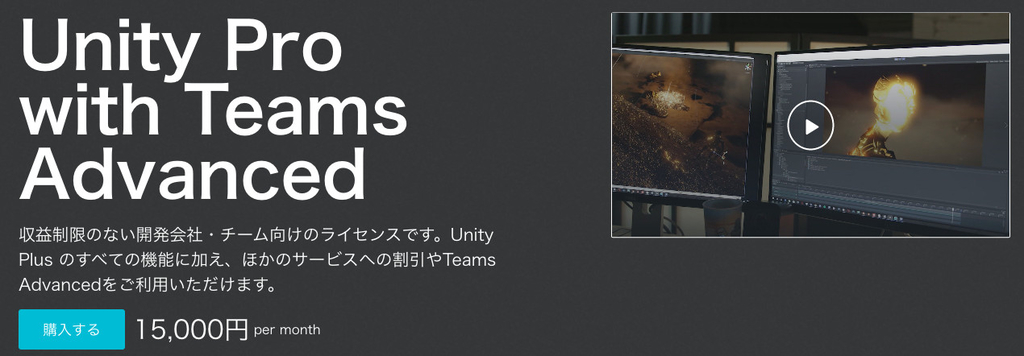
Create a smooth loading screen system within seconds! Easily create new loading screen presets and customize them the way you want without any hassle.Fully compatible with Unity 2020.3 and onwards, including Unity 6.• Easy To UseLSS requires only a single event call to run. You can invoke it with a single line in your script or use a button.• Additive or Single - whichever you want!You can easily switch between single and additive loading modes using the LSS Manager. Regardless of the selected mode, you will experience a clean and smooth loading screen.• Editor ToolsInstead of tweaking things one by one, tweak them all in seconds using the editor tools. add or change almost everything within Unity, no need to deal with code or external tools.• Different Loading Screen PresetsYou can easily switch between different loading screen presets. There are 5 different loading screen presets to get you started quickly. Customize them or create new presets according to your needs.• Different Loading SpinnersEasily switch between different spinner presets; there are 6 options available out of the box. The spinner system is modular, allowing you to create new spinners or customize the existing ones.• Background TransitionsYou can set a static background or enable the smooth transition option that can be used with background images.• Hint SystemSupports both static and random hints with a fixed time option.• Virtual LoadingIf you want the loading screen to remain visible for a specific period despite the loading process, you can use the virtual loading feature.• Other GoodiesPress Any Key system, load with trigger or tag, loading callbacks, and more!If you have any questions, suggestions or feedback, feel free to contact me.Contact | Documentation | Windows DemoLSS uses the native AsyncOperation class to handle the loading process. In rare cases, such as when your scene is particularly heavy and CPU-bound, you might experience stutters during the loading process. This depends on various factors in your project, such as optimization and resource usage. It's important to note that this occurs only when the loading screen is fully visible; the transition (fade-in and fade-out) will proceed smoothly as expected in any other case.







